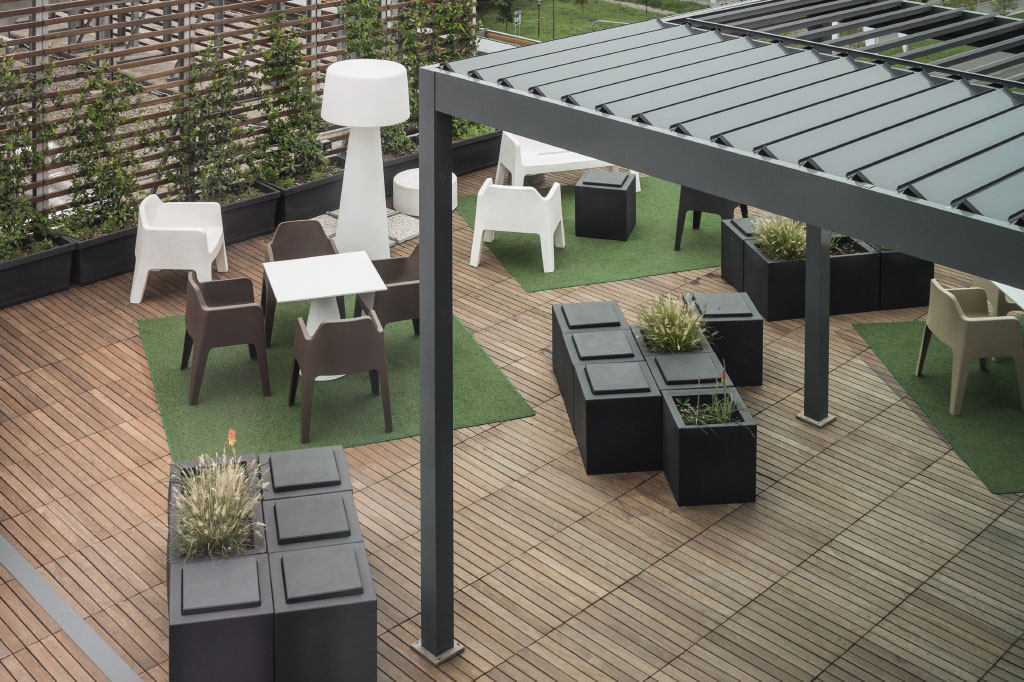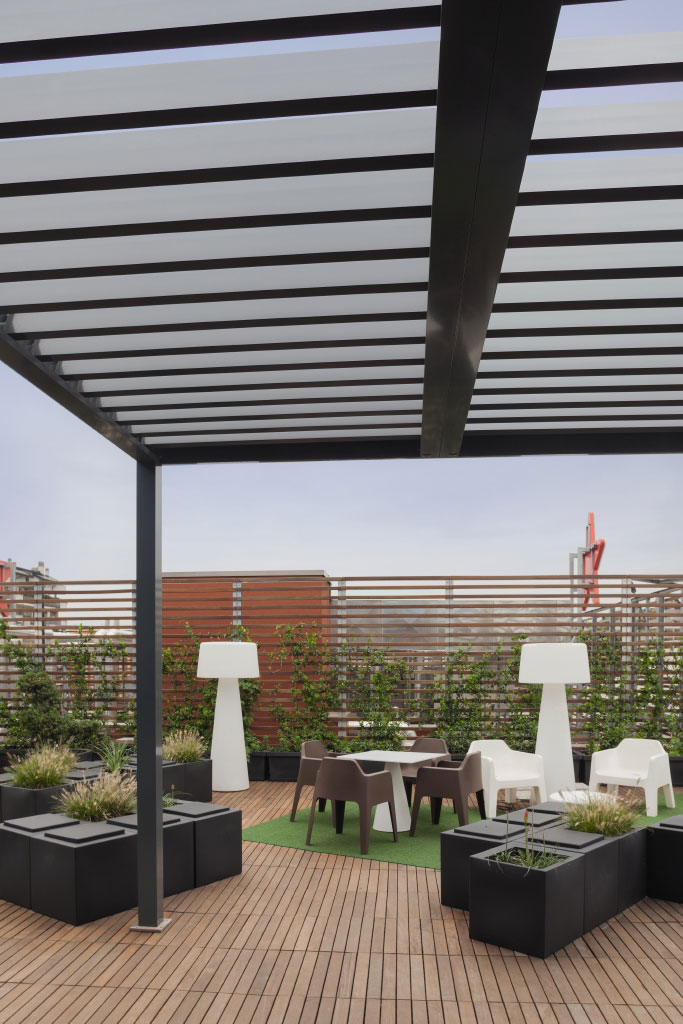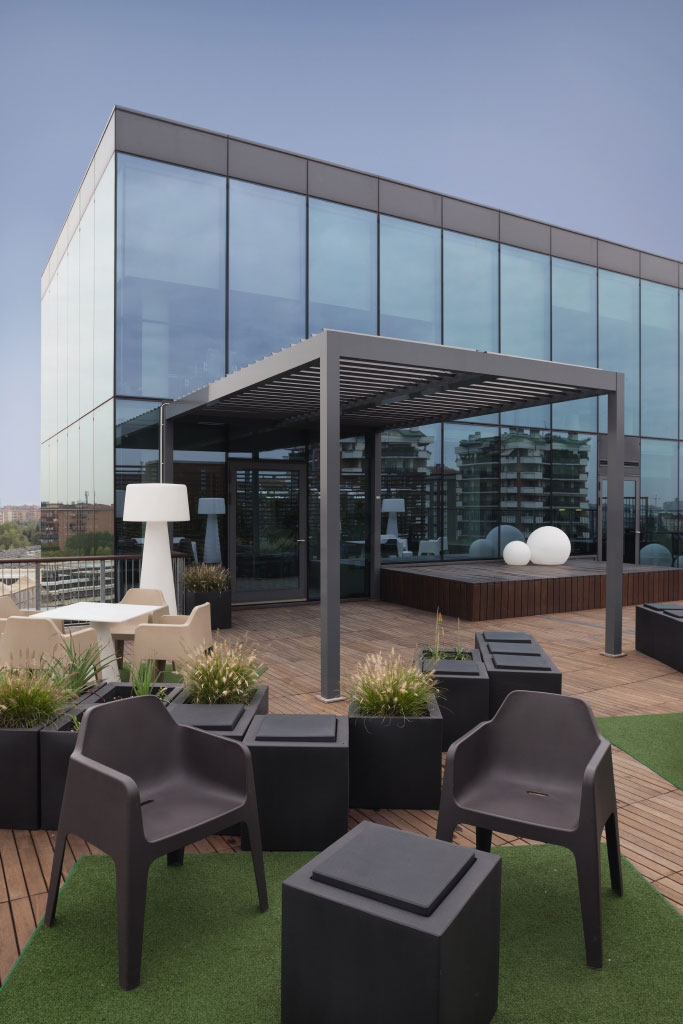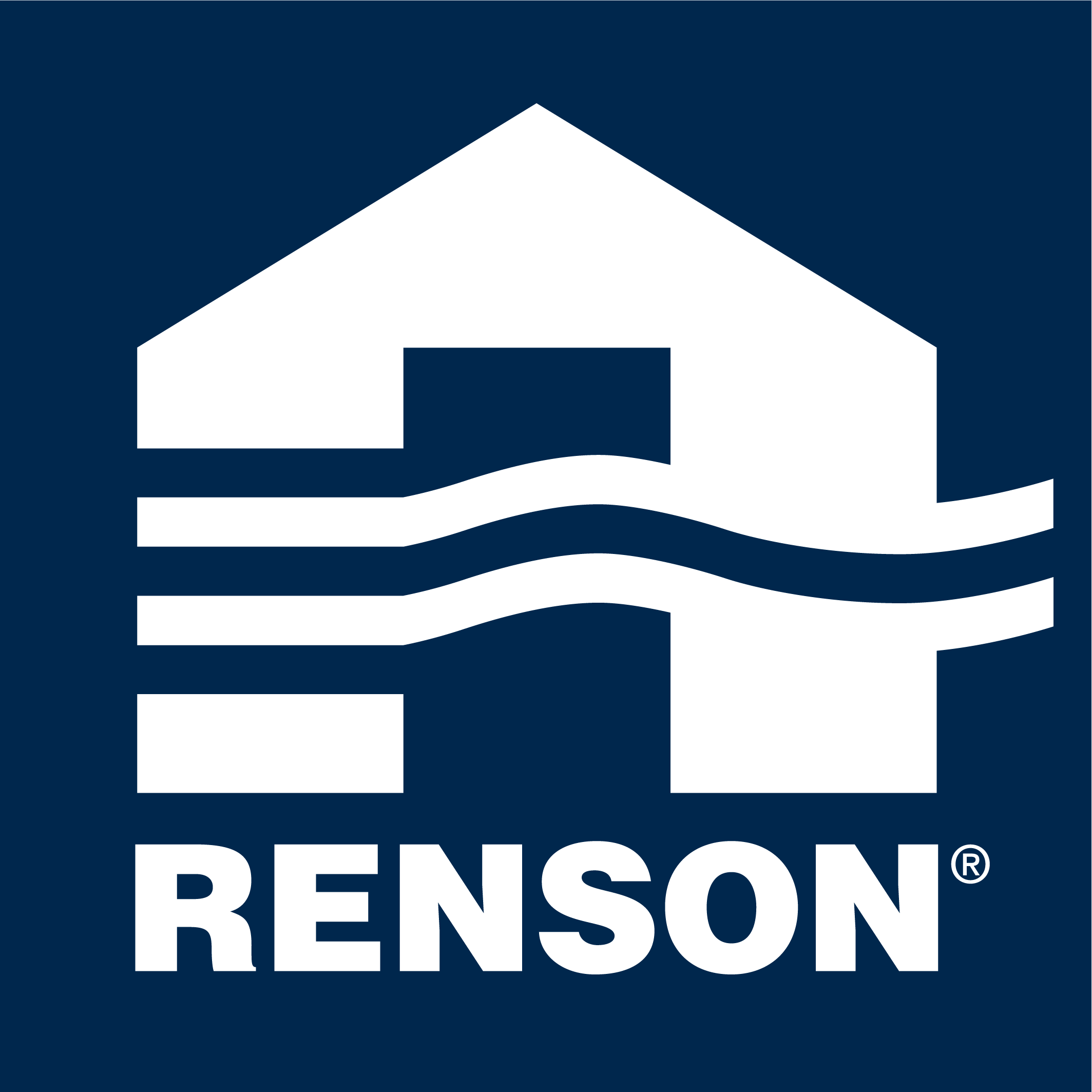Story at a glance:
- The right shading solution is essential to energy-efficient buildings.
- Interior shades may block sunlight, but they can hinder efficiency as they allow heat to pass through windows.
- Exterior shades block sunlight from entering a building and can be up to 50% more efficient, among other benefits.
When it comes to energy efficiency, shading is the unsung hero of a building. Shading systems work to control and block sunlight from entering a space and, in turn, minimize heat gain and keep spaces comfortable.
But not all shading solutions are created equal. Roller or cellular shades, transitional or Roman—while traditional shading methods can be successful in controlling sunlight, the problem lies in where they are placed: inside.
“Exterior shades are close to 50% more efficient than interior shades. And why is that? Studies show that when the sun hits windows, as soon as it hits the glass, that interior room is going to start warming up,” says Max Sebrechts, US sales director at Renson, a leading outdoors, sun protection, and ventilation manufacturer. “If you have interior shades, they may be beautiful and give you privacy, but the sun is still burning through those glass windows, and it will start heating up that interior space.”
When shades are placed on the exterior of a building, however, the sun is blocked from reaching the glass surface at all.
“As soon as the glass is warming up, that’s where the problem occurs,” Sebrechts says. “But if the shades are on the outside, and they are closed, the sun is not getting to that glass surface.”
This means that the rest of a building’s systems, like HVAC, don’t have to work overtime and expend extra energy to keep spaces comfortable, which in turn improves energy efficiency, lowers energy costs, and makes for greener buildings.
Bringing Energy-Efficient Shading to the US
- Photo courtesy of Renson
- Photo courtesy of Renson
In the US exterior shades aren’t often common design—or energy efficiency—practice. Renson has partnered Hunter-Douglas, a window and blinds manufacturer, to change that.
“We’ve been lobbying with Hunter Douglas on bringing in outdoor shades to any new and existing residential project, so not only for new build but also for remodeling,” Sebrechts says. “There is a new label called AERC Energy Improvement Label from the Attachments Exterior Rating Council (AERC). Like you see on appliances, this label is going to tell you how efficient shades are. We’re lobbying to get that label as a new standard for the national market. So when you go to look for shades, you’ll see the interior rating, but they’re going to be very limited, all the way to exterior shades that are outdoor-rated and prevent the sun from hitting the glass windows at all.”
Additional Benefits of Exterior Shades
Beyond energy efficiency, exterior shades come with several other key benefits, including:
1. Automation

Photo courtesy of Renson
Renson’s exterior shades are automated, both to the weather and an occupant’s preferences, and can be managed from remote or smartphone. They will automatically respond to weather changes. If, for example, the system detects heavy sunlight, the shades will go down automatically to maximize energy efficiency and help save on energy costs. During the winter, the shading system is optimized to let in as much light as possible to save on heating costs. Additionally, building occupants can also set their shading personal preferences for automated operation.
2. Durability

Photo courtesy of Renson
Because exterior shades may be exposed to the elements, they are especially durable. Renson exterior shades are wind resistant up to 85 miles per hour.
“The worst case is when shades are just flapping around, but the Renson shades are the complete opposite because they have side channels in which they slide up and down,” Sebrechts says. “It’s not only automated, it also is wind tied because of these very advanced and minimalistic side channels that give the shade its tightness with a heavy bottom bar, so it creates that weight onto the shade as well.”
3. Design Flexibility
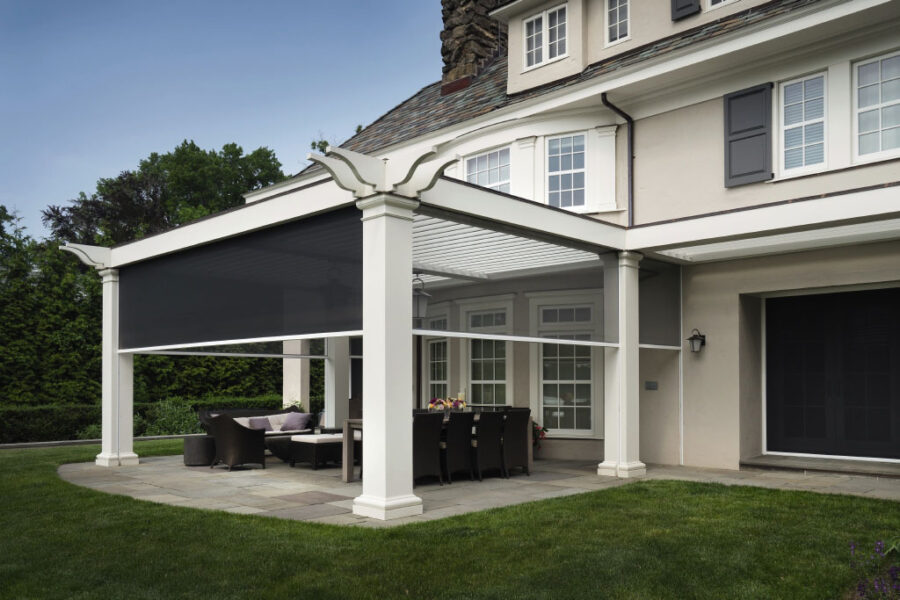
Photo courtesy of Renson
Renson’s exterior shades can be freestanding or, for new builds, recessed into a building’s facade so that they disappear. They can also be customized in sizes up to 60 feet wide and come in 150 colors that are powder-coated for extra protection and can be added to outdoor living structures, like pergolas, to add a level of control to outdoor spaces for year-round use.
“Renson is known for its minimalistic design,” Sebrechts says. “Our minimal shades are just that, because the box in which they retract to and release from is not only durable but tiny, so you almost cannot see the box. When they come down, you have a nice envelope that covers your entire home. But when they retract and they’re up, nobody even knows that you have shades in that home.”

